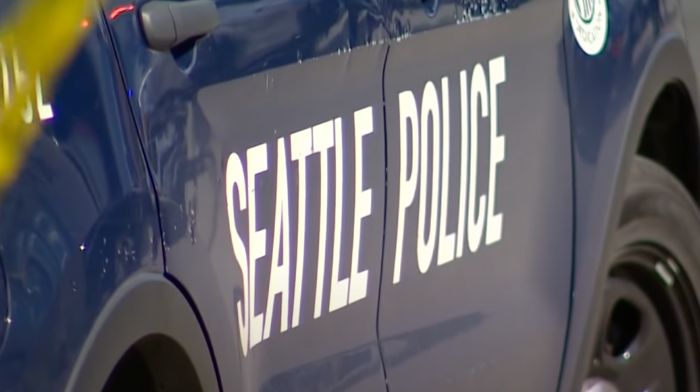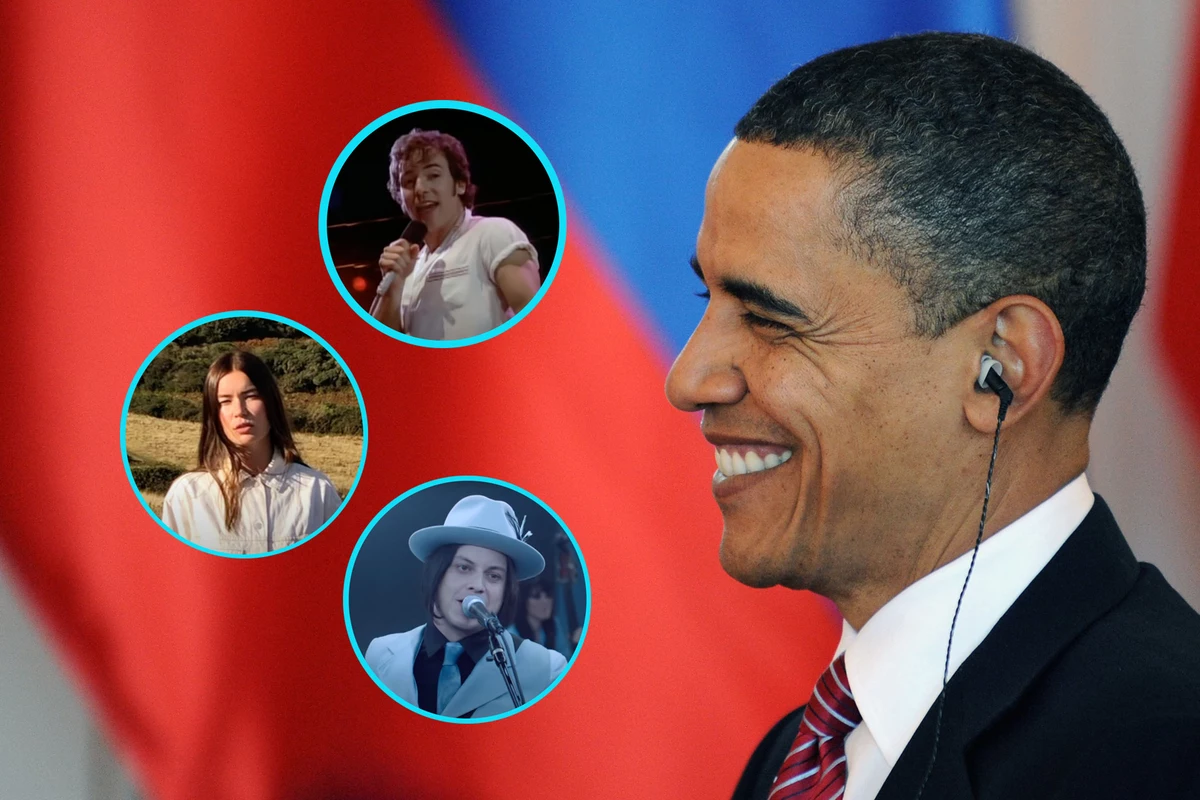By Spencer Pauley (The Center Square)
Seattle residents who called 911 last year for situations that were deemed not to be an immediate emergency are now waiting over an hour and a half for a police response as the police staffing shortage continues to worsen.
The city’s 2021 report on crime noted that “overall response times reached historic highs in 2021.”
As part of the Seattle Police Department’s approach to re-invent policing in the city, staff was reduced. This caused overall response times to suffer.
Calls SPD receives are divided into three categories: priority one calls, which are immediate calls; priority two calls, which are defined as urgent; and priority three calls, which are considered prompt.
In 2021, the average priority one response time was nearly 11 minutes, which is a small increase from 2020’s average of nearly 10 minutes. Priority two calls took about 55 minutes on average for a response in 2021, which is an increase from a 41 minute average response time in 2020. And priority three calls took an average response time of one hour and 45 minutes, according to the crime report. That’s a jump from 2020’s average priority three response time of one hour and 21 minutes.
So far in 2022, response times are not much better. When The Center Square reached out to Seattle Mayor Bruce Harrell’s office, staffers pointed to the mayor’s Comprehensive Police Recruitment and Retention Planto address SPD’s staffing shortage and response times that he announced on July 13.
RELATED: ‘Ferguson Effect?’ Police Arrests Have Plummeted Across The Country But Little Agreement On Why
In the plan, data shows that average priority three response times from January to July are at just about an hour and 40 minutes. Priority two calls so far in 2022 are averaging 54 minutes in response times and priority one calls remain at around 10 minutes.
“While today SPD staffing is at crisis levels, we also have in front of us an opportunity to restore and rebuild a Seattle Police Department that lives up to our highest values and priorities,” Harrell said at the press conference on July 13. “We need the right number of officers and the right kind of officers – this comprehensive recruitment strategy ensures we are supporting our communities, building public trust and elevating the next generation of SPD leaders.”
The plan states that due to the shortage of officers on staff, patrol dispatches are limited only to priority 1 calls where police are immediately needed with a target response time of seven minutes along with priority 2 calls.
Prior to the start of the pandemic in 2020, SPD’s follow-up investigative units had 230 or more specially trained detectives assigned. Their work required skills necessary for crimes deemed complex and traumatic. However, after a re-assignment strategy in 2020 took place, fewer than 140 detectives are performing the more investigative work today, according to the comprehensive plan.
RELATED: Video Emerges Of Toddlers Hitting And Cursing At Police Officers, Saying ‘Shut Up B***h!’
Harrell’s plan to includes offering hiring incentives of up to $30,000 for lateral transfers and $7,500 for new recruits; prioritizing recruitment of candidates who Harrell says reflect the city’s values; reimbursing applicant fees, travel expenses and relocation costs when hired; develop marketing plan that includes increasing advertising funding; modernizing application processes to accelerate hiring; and exploring ideas of new programs to support officer tuition assistance to “create a pipeline of potential recruits through local colleges and universities,” according to a news release.
Harrell estimates the plan will cost $1 million on top of another $1 million the council approved in May for Seattle Police Department retention and hiring incentives.
The Seattle City Council and SPD did not respond to requests for comment.
Syndicated with permission from The Center Square.


























































![President Trump Gives Barron Trump A Shout Out At His Inaugural Party—Barron’s Unexpected Response is Pure Gold! [VIDEO] | The Gateway Pundit President Trump Gives Barron Trump A Shout Out At His Inaugural Party—Barron’s Unexpected Response is Pure Gold! [VIDEO] | The Gateway Pundit](https://www.thegatewaypundit.com/wp-content/uploads/2025/01/barron-trump-crowd-.jpg)
